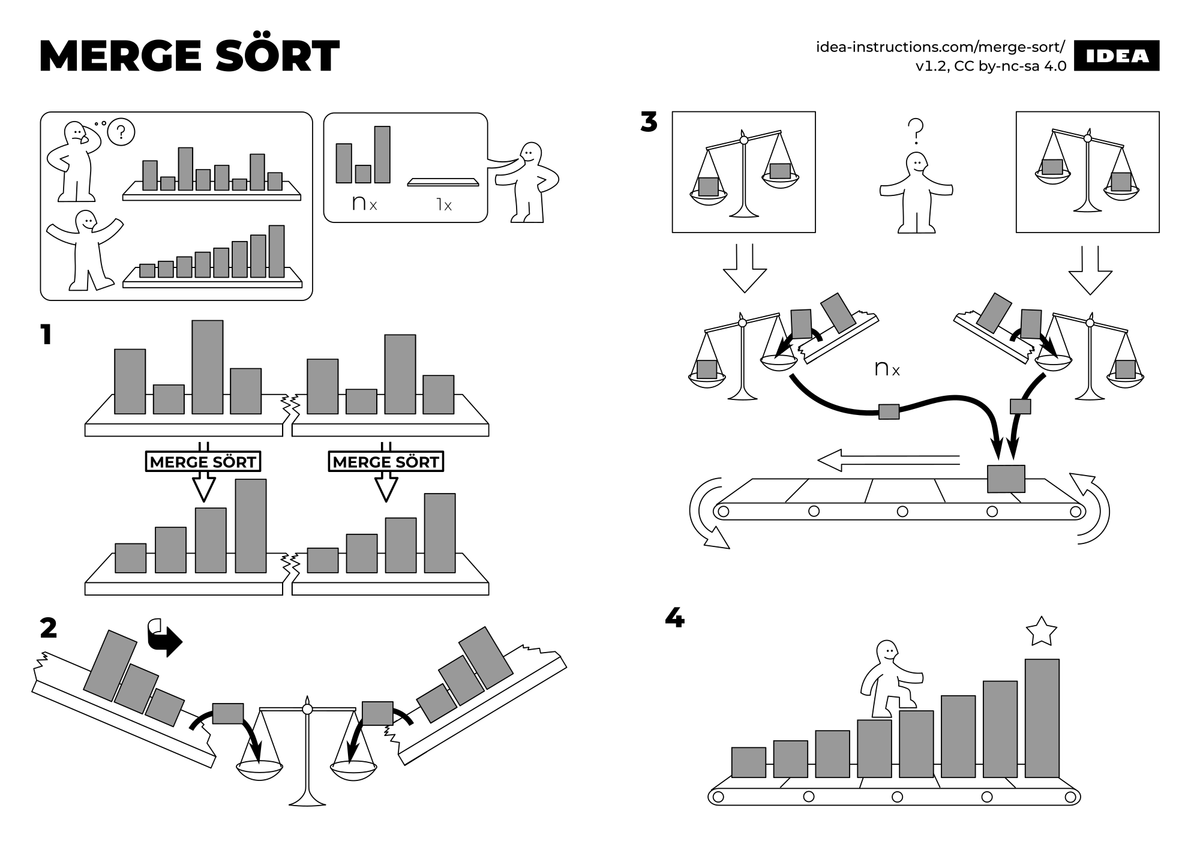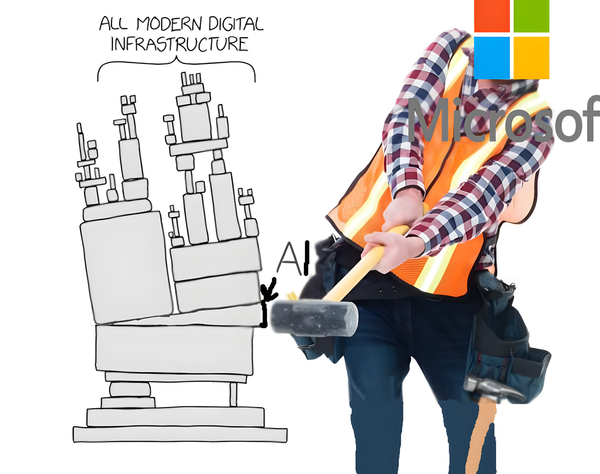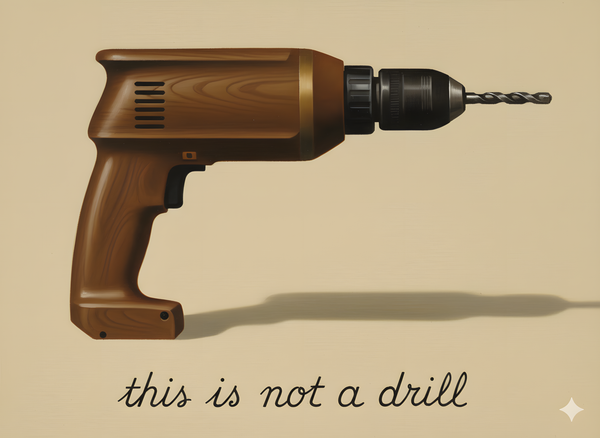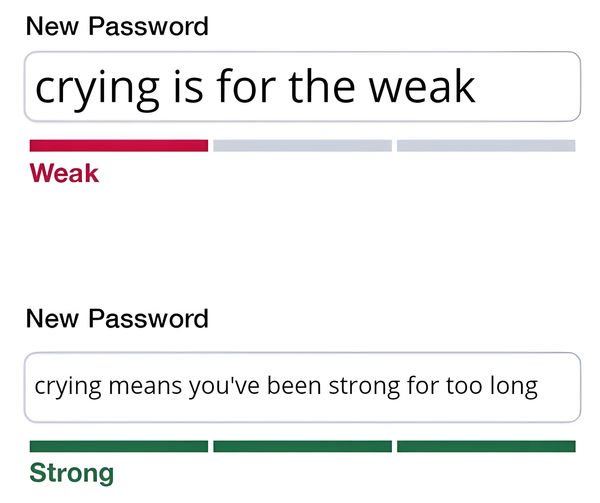The Managers' Guide #117
Make better decisions with rigorous thinking. Run complex projects smoothly and build products people love by focusing on interactions, not just features.

The first rule of NDA club is [REDACTED]
JA Westenberg
Rigorous Thinking
- 💎 Clarity Over Correctness — Rigorous thinking isn’t about being “right” — it's about being so clear and thorough in your reasoning that others can easily follow your logic and find flaws. The goal is to make your thinking transparent, not to defend a position.
- 🔭 The “Zoom In, Zoom Out” Framework — The author presents a practical model for rigorous thought. Zooming Out is about understanding the high-level context, goals, and key assumptions. Zooming In is about getting precise with the details, defining terms, using data, and breaking the problem into smaller parts.
- 🌱 It’s a Tool for Intellectual Honesty — The practice forces you to identify your own assumptions and admit what you don’t know. Instead of using vague terms, you are pushed to ask questions like “What do we mean by ‘better’?” and “How do we know this is true?”, creating a stronger foundation for decisions.
- 🤝 Rigorous Thinking is Collaborative — By “showing your work” and making your logic easy to inspect, you invite others to stress-test your ideas. This shifts the dynamic from a debate about who is right to a collaborative effort to find the best possible answer together.
My new(sletter) is aliiiive! Short, sharp technical explainers delivered weekly. From protocols to AI, we make complex ideas click.
Tips For Better Interactions
- 🔗 From Features to Interactions — The central argument is to stop viewing your product as a collection of static features and start seeing it as a sequence of interactions. Users experience your software as a flow of actions to get a job done, not as a checklist of capabilities.
- 🧩 The “Pile of Pearls” Problem — A feature-centric approach often results in a product that feels like a disconnected “pile of pearls” rather than a seamless necklace. Each feature might be well-crafted, but if the interactions connecting them are clunky or ignored, the overall user experience suffers dramatically.
- 💡 Uncovering the Real User Experience — Thinking in terms of interaction sequences forces you to empathize with the user's complete journey. It helps you identify hidden friction, streamline workflows, and answer the critical question: “How easy and intuitive is it for a user to get from A to B to C?”
- 🗺️ Map the Journey, Not the Features — The practical application of this mindset is to actively map user workflows. Instead of a feature list, your product documentation and planning should be centered around the key “interaction sequences” that deliver value to your customers.
How I’ve run major projects
- 🎯 Focus deeply — Clear your schedule and dedicate real time to managing the project; proactive attention prevents autopilot drift.
- 🗺️ Maintain a “plan for victory” — A concrete step-by-step roadmap makes progress measurable and highlights risks early.
- 🔄 Run fast OODA loops — Observe, orient, decide, act quickly; prioritize resolving uncertainties and bottlenecks to accelerate learning.
- 📢 Overcommunicate — Repeat context and updates more often than feels natural to build ambient awareness across the team.
- 🪓 Break off subprojects — Delegate crisp, simple, high-level goals (not checklists) to sub-DRIs once the team scales beyond ~10 people.
- 👥 Choose the right sub-leads — Prioritize organization, clarity, and focus over technical depth when assigning subproject managers.
- ✨ Have fun — Big projects are intense but also inspiring; lean into the sense of teamwork and shared ambition.
The beauty of constraints
- ⛓️ Constraints are a feature, not a bug — The article reframes constraints like time, scope, or budget not as obstacles, but as essential tools that spark creativity and force resourceful problem-solving.
- 🎯 They enforce focus and fight bloat — Constraints act as a powerful antidote to Parkinson's Law — “work expands to fill the time available”. By limiting resources, they compel teams to cut out non-essential work and avoid over-engineering.
- 🤝 Constraints drive clarity and alignment — When a team operates within a clear box — e.g., a fixed deadline — it forces crucial conversations about trade-offs and priorities, leading to a shared understanding of what success looks like.
- 💡 True creativity thrives on limitations — The piece argues that a blank canvas can be paralyzing. Having limitations — like a specific user need or a technical restriction — provides the necessary structure for genuine innovation to emerge.
How To Praise
- 👎 Generic praise is counterproductive — Phrases like “you’re so smart” or “great job” are ineffective. They encourage a fixed mindset, where people believe their talent is innate and therefore avoid challenges that might make them look bad.
- 🌱 Focus on the process, not the person — Effective praise highlights specific effort, strategies, and actions. Praising how someone approached a problem — “I was impressed by how you systematically tested each assumption” — fosters a growth mindset and resilience.
- 🛠️ Use the “I noticed…” framework for specificity — To make praise concrete, start by stating a specific, observable action — e.g., “I noticed you wrote extra documentation for your code”. Then, connect that action to its positive impact — “...that will make it much easier for new hires to get up to speed.”
- 🎯 The goal is reinforcement, not just flattery — The purpose of good praise isn’t just to make someone feel good in the moment. It’s to provide actionable feedback that reinforces the exact behaviors you want to see repeated in the future.
That’s all for this week’s edition
I hope you liked it, and you’ve learned something — if you did, don’t forget to give a thumbs-up, add your thoughts as comments, and share this issue with your friends and network.
See you all next week 👋
Oh, and if someone forwarded this email to you, sign up if you found it useful 👇



